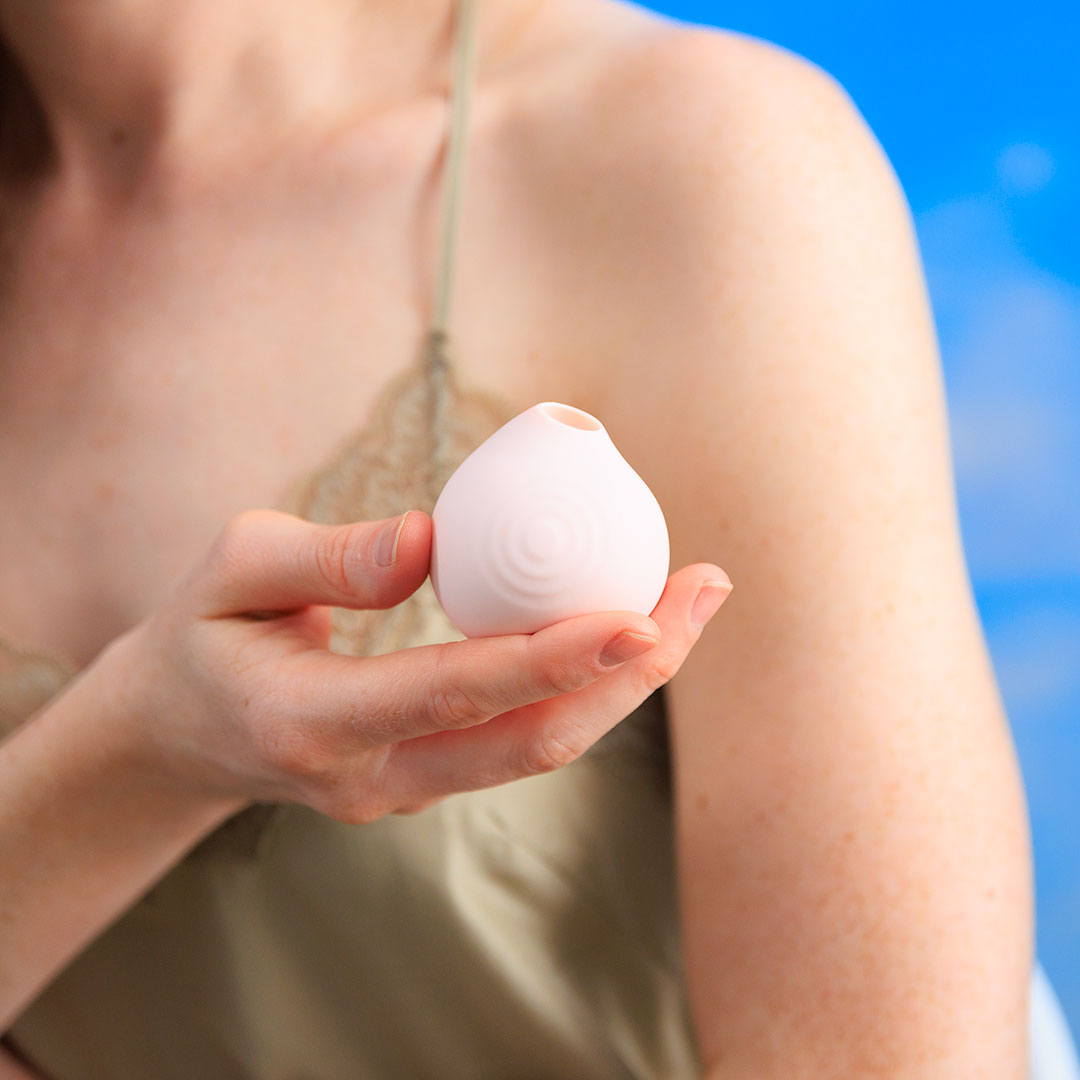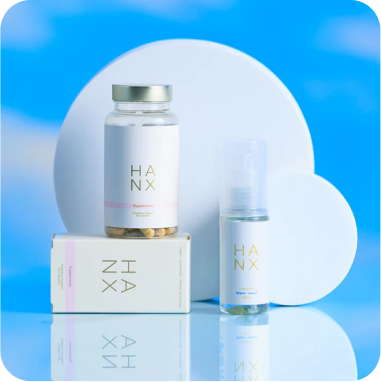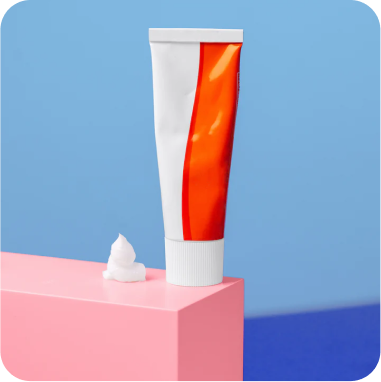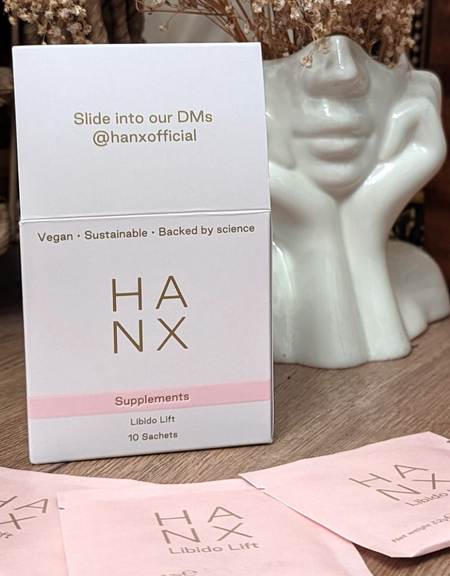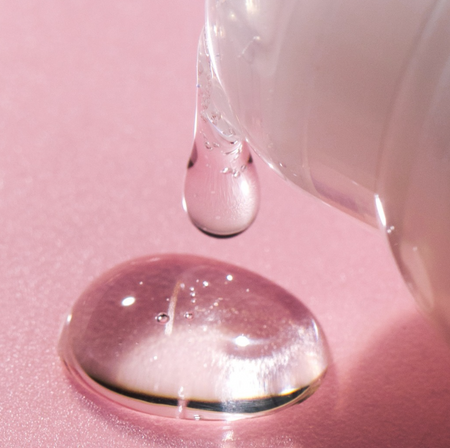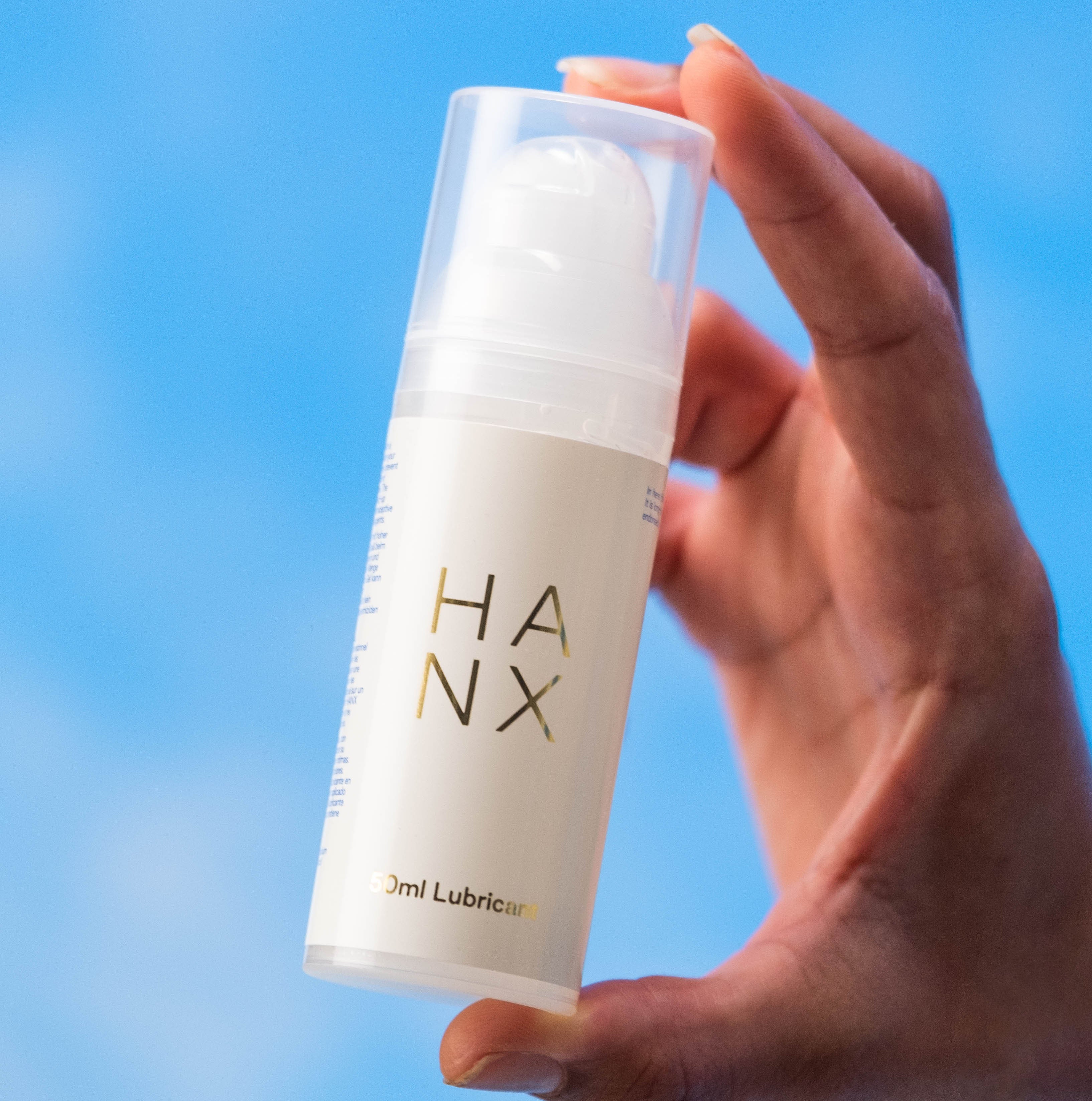Can Going Through the Menopause Cause Thrush?
Hot flushes. Memory loss. Vaginal dryness. You might have heard of these common menopause symptoms - but what about yeast infections?
Our Co-Founder and gynaecology Dr Sarah Welsh is rolling up her sleeves and getting stuck into one of the lesser known side effects of menopause: thrush. As the mucus in your vagina subsides, the acidity levels may well decline too - leading to vaginal dryness and putting you at risk of getting bacterial infections and inflammations like thrush. (It’s also worth noting that yeast infections aren’t necessarily as common after menopause but they can still be held responsible for conditions such as vaginitis. Tell a friend.) 👀
Onto the big question: how do you treat thrush in menopause?
What is thrush and why am I getting it during the menopause?
To put it simply, vaginal thrush, also known as vulvovaginal candidiasis or genital thrush, is an inflammation of the vagina and/ or vulva (the outside of the vagina) caused by a fungal infection. Up to 92% of cases of vaginal thrush are caused by Candida yeast and some people are more predisposed to getting thrush or have risk factors that make them susceptible. If you’re taking hormone replacement therapy, commonly known as (HRT), could be contributing factor as oestrogen, a key element of HRT can make cells more susceptible to glycogen growth, which can lead to the growth of the candida fungus.
Are yeast infections a common side effect of menopause?
Good question! There is definitely a connection between recurrent infections and menopause and this is due to change within the vagina: menopause means that the estrogen content of your vaginal tissue will decrease, leading to atrophy, also known as thinning of tissue and vaginal dryness. This environment unfortunately more welcoming to an overgrowth of yeast. Find out more about the ins and outs of thrush here.
How do I know if I have thrush?
Common symptoms of vaginal thrush include:
- itching of the vulva, soreness of your vulva
- vaginal discharge that is thick and white (commonly described as looking like cottage cheese)
- pain when you pee
- pain during sex
What can I do to get rid of thrush during menopause?
Often, it's hard to get hold of a doctor's appointment, take time off work to schlep down to the nearest GP - or plain old uncomfortable announcing to the whole chemist queue that your discharge is a bit dodgy. We launched vaginal thrush antifungal treatment, which you can order with same-day-dispatch and discreet packaging. The choice and formulation depends on individual factors and your preference, and include a pessary which is a tablet inserted into the vagina, a capsule that is swallowed, or an anti-fungal cream. Mostly, an initial treatment with an anti-fungal pessary or anti-fungal orally will clear the infection.
Vaginal itching and vaginal dryness is a common symptom of menopause, too. Experiencing pain or discomfort during sex? We recommend you reach for a gentle, water-based and pH-balanced lubricant to ease things along. Based on my experience working in NHS sexual health and obstetrics, we've developed our HANX Lubricant to be vegan, made from just seven natural ingredients and pH-matched as close to the 'real thing' as possible for zero negative feels.
You might also find your sex drive dips (or increases!) during menopause, especially if you're struggling with thrush.
Want more?
- Find out what happened when Trinny Woodall tried out our Lubricant...
- Experiencing low sex drive in menopause? Try our 100% natural Libido Lift supplement.
- Discover our natural nutritional supplement for this transitional life stage. Shop Menopause Support.

